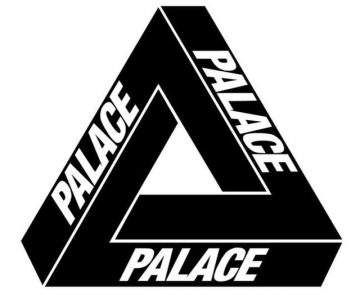When I worked in-house for a national retail company, I was exposed to the various legal considerations behind collaborations with other brands. This prompted me to delve into co-branding and the strategic use of brand identities in marketing collaborations. Cross-brand collaborations are an increasingly popular way for brands to increase their exposure and reach new clientele. Sometimes, we see haute couture designers collaborate with ready-to-wear or fast fashion labels to appeal to a more mainstream audience (see H&M x Versace, Giambattista Valli, Maison Martin Margiela). Other times, it’s an inevitable unity of like-minded brands that operate within a similar niche (see Carhartt WIP x Palace). Now and then, two completely mismatched and disparate brands join forces to launch a product line that makes for a fun joke or challenges the limits of their respective brand identities (see Oreo x Supreme; Warby Parker x Arby’s).
These brand collaborations are often marked by an “X” placed between their respective logos, marking the alliance of two distinct entities. However, sometimes brands will get creative and create a new emblem specifically for their collaboration, often one that is an amalgam of the two brands’ existing logos. This co-branding creates potential problems for a company’s trademark, as the logo that is supposed to distinguish one brand from another has now been blended with another logo, leading to potential dilution or loss of the company’s trademark. For an in-house lawyer, whose role includes managing risk, it is important to consider whether the co-branding logo might put the company’s IP at risk. Some companies have taken this risk though, many to great fanfare. Here are some examples I found:
|
Brand 1 |
Brand 2 |
Co-Branding |
|
| The North Face x Gucci |  |
 |
 |
| Carhartt WIP x Palace |  |
 |
 |
| Warby Parker x Arby’s |  |
 |
 |
Image sources (L-R): 1000 Logos, Wikimedia Commons, Gucci YouTube, Carhartt WIP Facebook, Wikipedia, Highxtar, Warby Parker Facebook, Wikipedia, X
Each of these co-branding campaigns blends the existing logos to a different extent – perhaps that’s a factor when considering the potential risk of trademark dilution. Ultimately, it is important to have the proper legal measures in place to protect the company’s trademark before finalizing a co-branding agreement. Let me know what you think and if you know of any other potentially dangerous examples of co-branding!
Featured image source: Avada Commerce
 Copyright & Social Media
Copyright & Social Media Communications Law
Communications Law